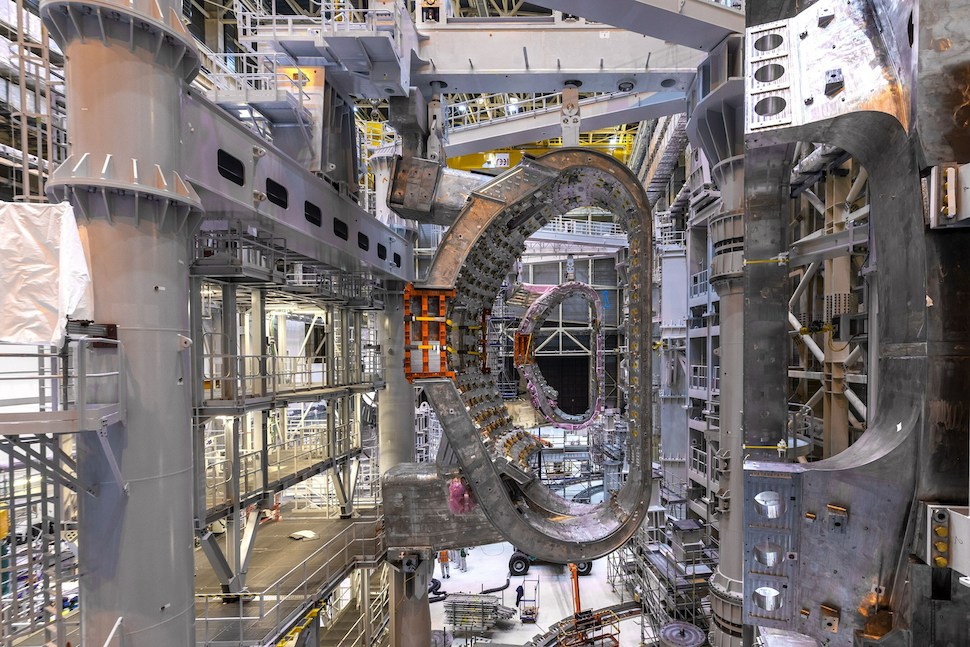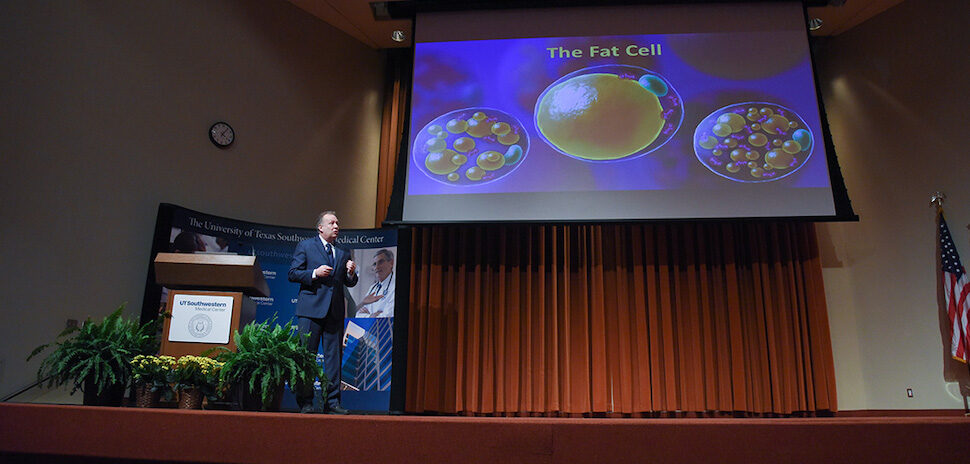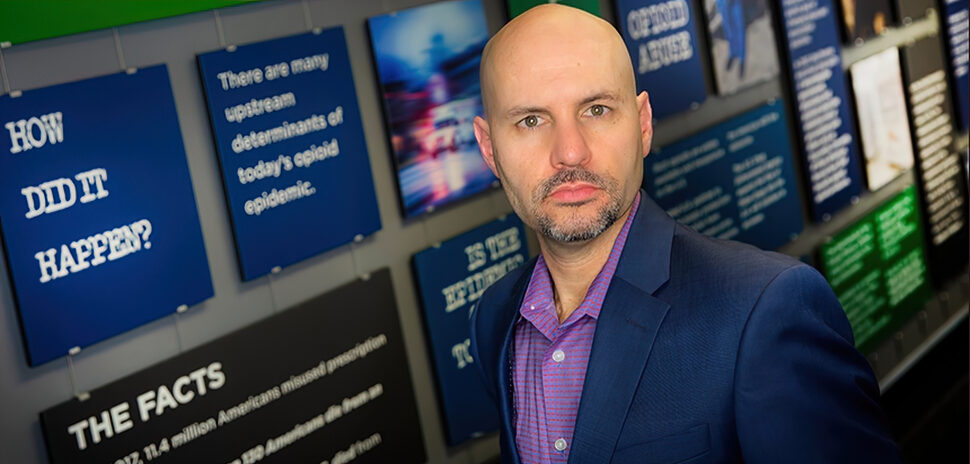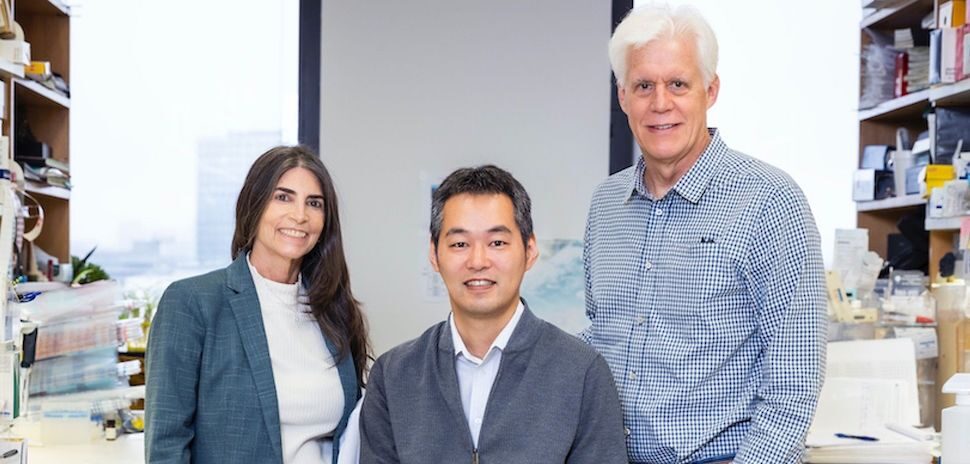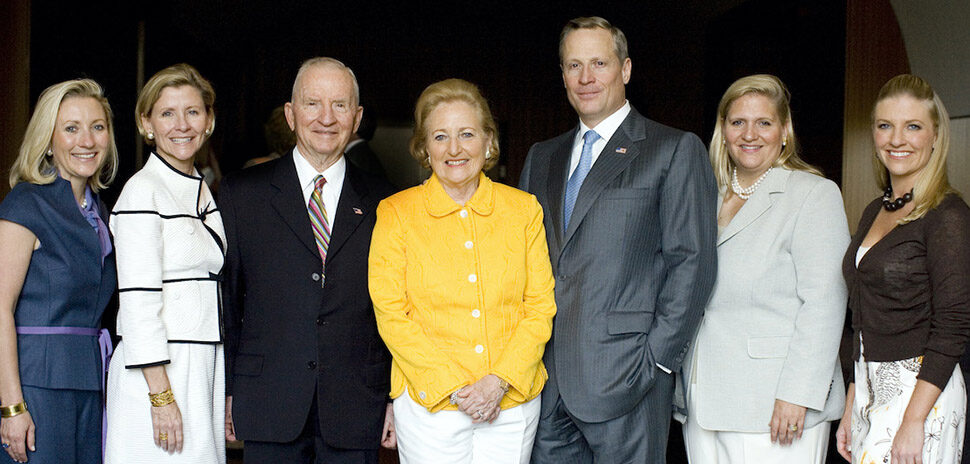Fusion—the nuclear reaction that powers the sun and stars—may one offer a solution to sustainable, carbon-free energy for everyone on earth. To drive that goal, 35 countries have supported the ITER nuclear fusion research center in Provence, France. The world’s largest and most powerful fusion device is currently being built there—and a North Texas company has signed on to help advance it.
Dallas-based engineering giant Jacobs has been selected to design and engineer remotely-operated tools for the project, called ITER. Latin for “The Way,” ITER aims to harness fusion’s power “as the key experimental step between today’s fusion research machines and tomorrow’s fusion power plants.”
Jacobs’ four-year contract—with a possible two-year extension—covers work on up to 25 diagnostic ports and systems that will be critical for operating and sustaining the ITER “Tokamak” now being constructed.
The project will capitalize on “extensive remote-handling experience and knowledge of the diagnostics and port cell areas” gained from previous work, Jacobs said.
A search for ‘almost limitless’ self-sustaining energy
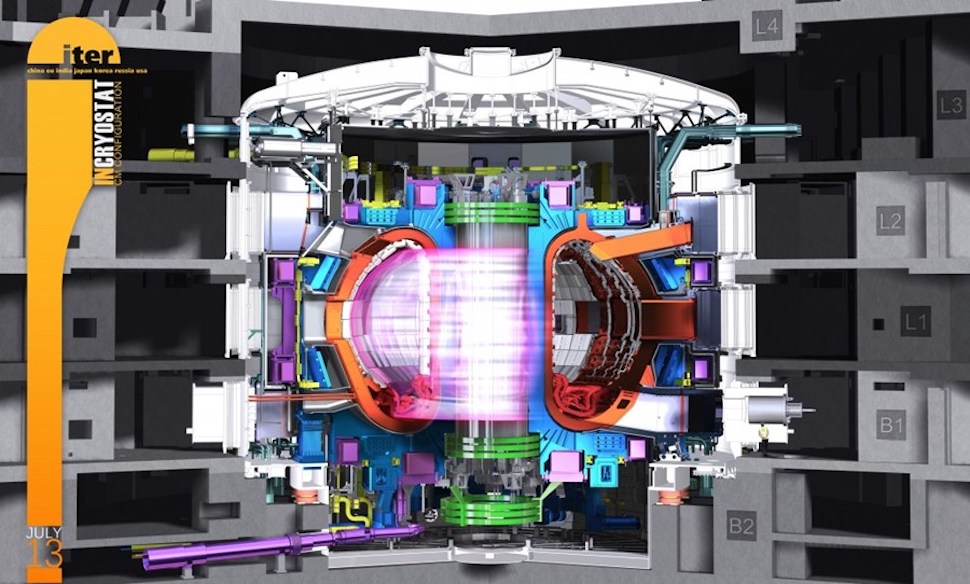
Rendering of what burning plasma would look like once the ITER device is operational [Image: ITER]
Jacobs’ Energy, Security and Technology SVP Karen Wiemelt says the project delivers on her company’s commitment to climate response, as well its “purpose of creating a more connected, sustainable world.”
“Through our team in Aix-en-Provence, combined with the full strength of Jacobs’ global capability, we will work with ITER to channel our technology-enabled knowledge and experience toward benefitting people and the planet.” Wiemelt added in a statement.
If the ITER project is successful, it will create the conditions for a self-sustaining fusion reaction—a crucial steppingstone toward developing fusion power stations.
Project was launched in 1985
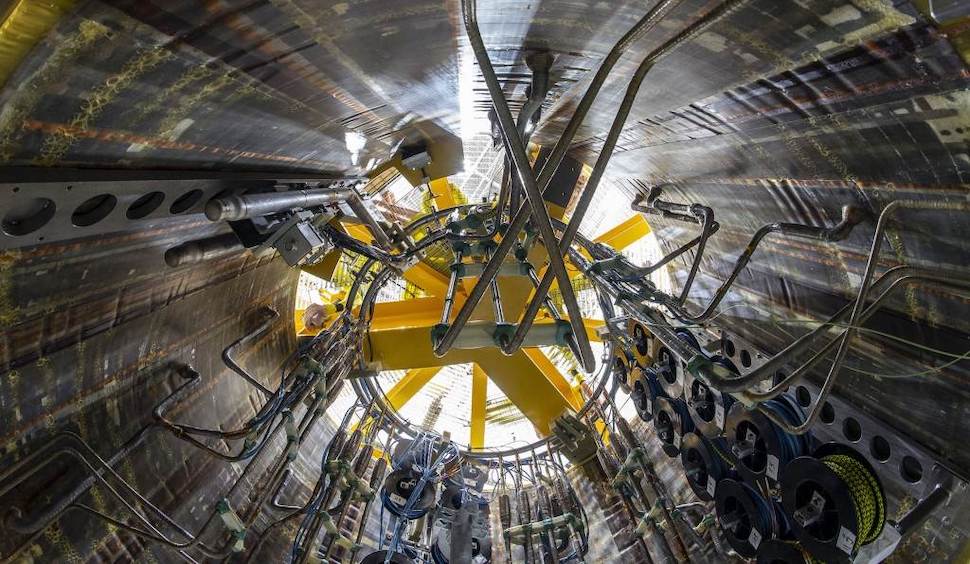
The first of six cylindrical superconducting magnets for the ITER Tokamak’s central solenoid. [Photo: ITER]
ITER members including the U.S., the 27-nation European Union (through Euratom), China, India, Japan, South Korea, and Russia are collaborating on the decades-long project to build and operate the ITER device. The U.K. and Switzerland have also been participating in the project through Euratom. All 35 countries are sharing the intellectual property generated by the project, ITER says, both during the current construction phase and after the device begins to operate.
Plant components are being delivered to the ITER site from factories on three continents, and thousands of workers are involved in the device’s construction.
Burning plasmas, superconducting magnets, and more
According to ITER’s website, “The primary objective of ITER is the investigation and demonstration of burning plasmas—plasmas in which the energy of the helium nuclei produced by the fusion reactions is enough to maintain the temperature of the plasma, thereby reducing or eliminating the need for external heating.”
“ITER will also test the availability and integration of technologies essential for a fusion reactor (such as superconducting magnets, remote maintenance, and systems to exhaust power from the plasma) and the validity of tritium breeding module concepts that would lead in a future reactor to tritium self-sufficiency,” ITER states.
![]()
Get on the list.
Dallas Innovates, every day.
Sign up to keep your eye on what’s new and next in Dallas-Fort Worth, every day.










